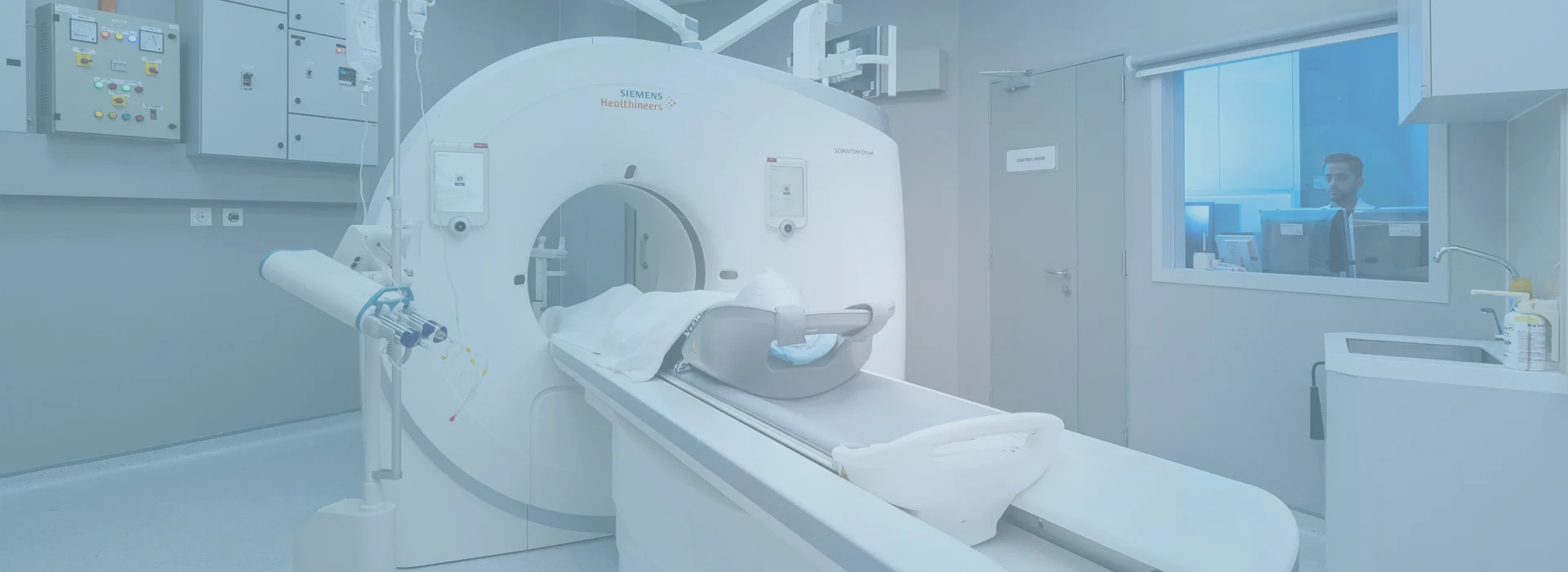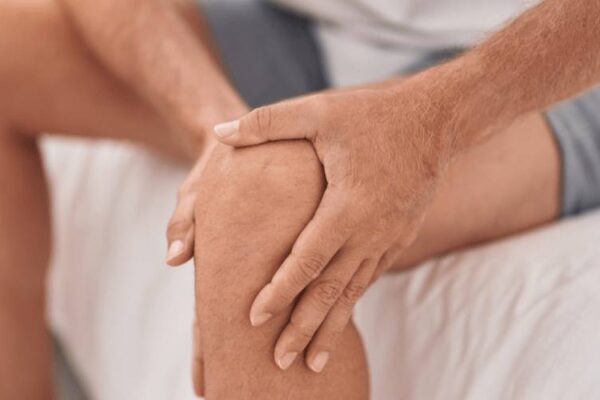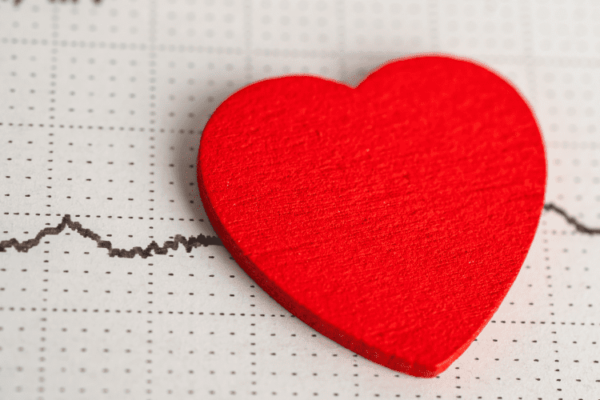
28 Dec Breast Lump
Breast Lump
By Island Hospital | Dec 28, 2018 1:53:14 PM
A breast lump is a localised swelling, bulge, or bump in the breast that feels different from the breast tissue around it or the breast tissue in the same area of the other breast. Breast lumps may develop in both males and females, but they are much more common in females.

Each part of the breast can react in different ways to changes in the female’s body chemistry. These changes impact the sensations and texture of the breast, and they can affect the development of breast lumps.
Some breast lumps feel as though they have a distinct border, while others may feel like a general area of thickened tissue.
Any other unusual changes in the breasts – such as:
- nipple turning inwards
- dimpled skin
- bloodstained nipple discharge
There are many causes of breast lumps. Some of these causes are harmless, while others can be painful and/or dangerous. Causes of breast lumps include infections, injuries, non-cancerous growths, and cancer.
- Infections
Inflammation of the breast tissue is known as mastitis. Mastitis may occur in women who are breastfeeding a baby (lactating).
- Injuries
If a breast is injured by trauma, tiny blood vessels can rupture to cause an area of localised bleeding (hematoma) that can be felt as a lump.
- Non-cancerous growths
- Fibroadenomas are benign (non-cancerous) growths and are very common. Fibroadenomas are solid, firm tumors that are usually painless or only slightly tender. They sometimes grow quickly in teenagers or during pregnancy.
- Breast cysts are fluid-filled, sacs within the breast tissue and are benign. They are very common, especially over the age of 35
- Fibrocystic changes are characterised by breasts that are lumpy with many irregularities in the breast tissue itself. Fibrocystic breasts seem to occur when a woman’s breasts are overly sensitive to fluctuating hormone levels. Women with fibrocystic changes may have pain and/or lumps.
When a breast lump is detected, follow-up screening is required to determine the cause. A mammogram, biopsy, ultrasound or another testing will be done to rule out breast cancer and plan an appropriate treatment of benign or cancer-related lumps.
- Physical Examination
A manual examination of the breast is an important screening method for detecting cancer, and it is the leading step in the evaluation of a breast lump. If a mass can be felt manually, it is important to estimate the location of the mass so that the mammogram and/or other diagnostic examinations can focus on that particular area.
- Biopsy
Where some cells or tissue is removed for testing, either with the use of a needle or surgery.
- Mammogram
Women with a breast lump need to have a mammogram of both breasts. A mammogram is estimated to be able to detect about 90% of breast cancers.
- Ultrasound
Useful in the evaluation of breast lumps. It can distinguish between a cyst, which is filled with fluid and a solid lump (which may or may not be cancerous). the leading step in the evaluation of a breast lump is to determine whether it is a cyst or solid mass.
- Magnetic resonance imaging (MRI)
Widely used in the evaluation of breast lumps because it is particularly sensitive to small abnormalities in breast tissue.
The constantly updated HD 3D Mammography screening for breast cancer detection is available at Island Hospital.
Treatment depends on the type of lump. Most are harmless and may go away on their own without treatment.
- A Breast Infection (Mastitis)
The breast infection in a breastfeeding woman is treated with warm compresses and antibiotics. If untreated, mastitis can quickly progress and develop into a severe infection.
- An Abscess Of The Breast
It often needs to be drained by a doctor because antibiotics alone cannot adequately treat an abscess.
- Fibroadenomas
They are removed when they are difficult to distinguish from other potentially harmful tumours or cancer.
- Breast Pain (Mastodynia)
It is a common problem. As long as no mass can be felt by the doctor or patient, and no breast lump is seen on a mammogram or ultrasound, breast pain is often concluded to be a normal condition. It is often thought that this pain is caused by natural hormonal fluctuations. If the discomfort is particularly acute and interferes excessively with a woman’s life, oral contraceptives or other medications can be helpful, especially if the pain is worse around the time of the menstrual cycles.
- Fibrocystic Changes
It does not require medication or surgery. Often, a baseline mammogram is done. Then, no further treatment is needed unless a new lump arises, in which case an evaluation with a mammogram and possibly ultrasound is necessary.
- Breast Cancer
It requires urgent treatment. Treatment depends on the type of cancer detected, its size, and its location. It includes surgery, chemotherapy and radiotherapy.
Many benign breast lumps are due to changes in the body and may form without any other symptoms. If you have a history of benign breast lumps or are concerned that you may develop them, ask your doctor for tips on prevention.
To date, there are no proven ways to prevent malignant breast lumps, but you can reduce your risk of developing breast cancer by :
- Know your risk factors.
- Do monthly Breast Self Examinations (BSEs).
- Get regular clinical breast exams (and routine mammograms if you are age 40 or older).
- Talk to your doctor about genetic counselling if you have a family history.
- Maintain a healthy weight.
- Exercise.
- Eat a healthy diet.
- Limit your alcohol consumption.
- Avoid smoking or second-hand smoke.
- Breast infection (Mastitis). If untreated, mastitis can quickly progress and develop into a severe infection.
- Fibrocystic changes doesn’t increase your risk of getting cancer, but the changes in your breasts can make it more difficult for doctors to identify potentially cancerous lumps during breast exams and on mammograms
- Breast injury due to trauma. Usually uneventful, but need to be distinguished from cancer
- Breast cancer. If treatment does not take place, the tumour can grow quickly, allowing cancerous cells to spread throughout the body.
Our obstetrics and gynecological care includes both non-surgical and surgical treatment options, depending on the treatment needs of each individual patient. Island Hospital Obstetrics and Gynecology offers a full range of obstetric and gynecologic clinical services to women throughout their lives. Our physicians are known for their expertise in all subspecialties and our Centers provide multidisciplinary care in a different setting. We provide life-saving care to women of all ages, and through clinical practice and advocacy, we work to ensure that women have a better quality of life. We offer the full spectrum of gynecologic care for women, from adolescence through menopause, seeking health maintenance as well as treatment for gynecologic problems.








